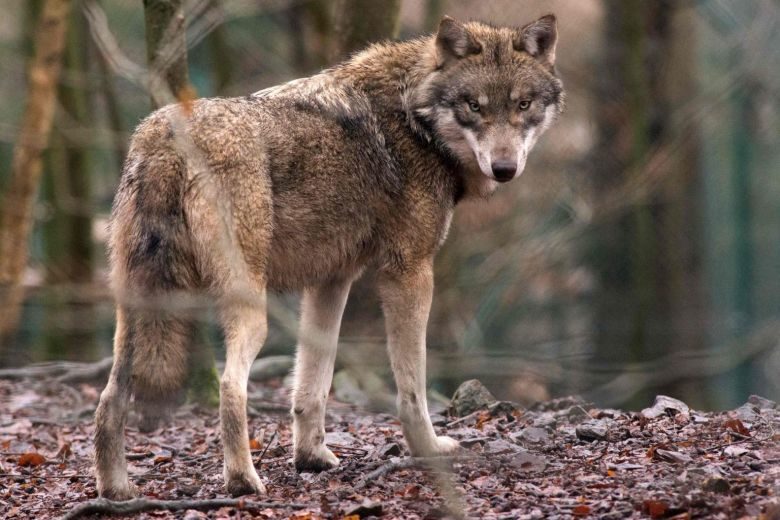OF THE
TIMES
" Comment: Encouraging news, but it could be a feint. The same regulations on censorship and centralization of power could still be brought in...
At the end of the day - may the best ideas prevail. The chips are on the table. Place your bets!
Excellent SOTT comment.
Quote: "You gotta include the media, think tanks, and academia in this — in addition to the military-industrial complex and the political class....
Cynthia Chung is one of the best journalist/historians at revealing the dark underbelly of USA created wars to subjugate countries, murder the...
To submit an article for publication, see our Submission Guidelines
Reader comments do not necessarily reflect the views of the volunteers, editors, and directors of SOTT.net or the Quantum Future Group.
Some icons on this site were created by: Afterglow, Aha-Soft, AntialiasFactory, artdesigner.lv, Artura, DailyOverview, Everaldo, GraphicsFuel, IconFactory, Iconka, IconShock, Icons-Land, i-love-icons, KDE-look.org, Klukeart, mugenb16, Map Icons Collection, PetshopBoxStudio, VisualPharm, wbeiruti, WebIconset
Powered by PikaJS 🐁 and In·Site
Original content © 2002-2024 by Sott.net/Signs of the Times. See: FAIR USE NOTICE

Reader Comments
However, there are some limits and restrictions, for example you can't leave the animals unattended from dusk to dawn. If you do, there is no compensations. Also there is a problem if the wolves eat the earrings of the sheep, which are usually needed to apply for compensation... Wolves often kill more than they can eat, for example because some are partial to livers only, or when they teach their young to hunt.